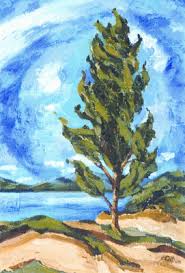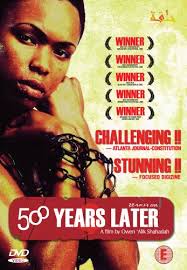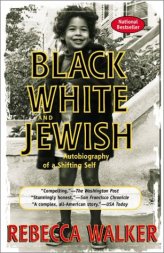
Here is a list of some rules about fiction writing and writing in general. I don't know where this came from, but some items on this list are pulled from William Safire's Rules for Writers. Some I agree with and some I don't. Most make me laugh.
"1. Avoid alliteration. Always.
2. Never use a long word when a diminutive one will do.
3. Employ the vernacular.
4. Eschew ampersands & abbreviations, etc.
5. Parenthetical remarks (however relevant) are unnecessary.
6. Remember to never split an infinitive.
7. Contractions aren't necessary.
8. Foreign words and phrases are not apropos.
9. One should never generalize.
10. Eliminate quotations. As Ralph Waldo Emerson said, "I hate quotations. Tell me what you know."
11. Comparisons are as bad as cliches.
12. Don't be redundant; don't use more words than necessary; it's highly superfluous.
13. Be more or less specific.
14. Understatement is always best.
15. One-word sentences? Eliminate.
16. Analogies in writing are like feathers on a snake.
17. The passive voice is to be avoided.
18. Go around the barn at high noon to avoid colloquialisms.
19. Even if a mixed metaphor sings, it should be derailed.
20. Who needs rhetorical questions?
21. Exaggeration is a billion times worse than understatement.
22. Don't never use a double negation.
23. capitalize every sentence and remember always end it with point
24. Do not put statements in the negative form.
25. Verbs have to agree with their subjects.
26. Proofread carefully to see if you words out.
27. If you reread your work, you can find on rereading a great deal of repetition can be avoided by rereading and editing.
28. A writer must not shift your point of view.
29. And don't start a sentence with a conjunction. (Remember, too, a preposition is a terrible word to end a sentence with.)
30. Don't overuse exclamation marks!!
31. Place pronouns as close as possible, especially in long sentences, as of 10 or more words, to the irantecedents.
32. Writing carefully, dangling participles must be avoided.
33. If any word is improper at the end of a sentence, a linking verb is.
34. Take the bull by the hand and avoid mixing metaphors.
35. Avoid trendy locutions that sound flaky.
36. Everyone should be careful to use a singular pronoun with singular nouns in their writing.
37. Always pick on the correct idiom.
38. The adverb always follows the verb.
39. Last but not least, avoid cliches like the plague; They're old hat; seek viable alternatives."















 Madame Bovary
Madame Bovary Speaking Truth to Power
Speaking Truth to Power  Maya Angelou: Poems
Maya Angelou: Poems Black, White and Jewish
Black, White and Jewish  A Writer's Book of Days
A Writer's Book of Days 

